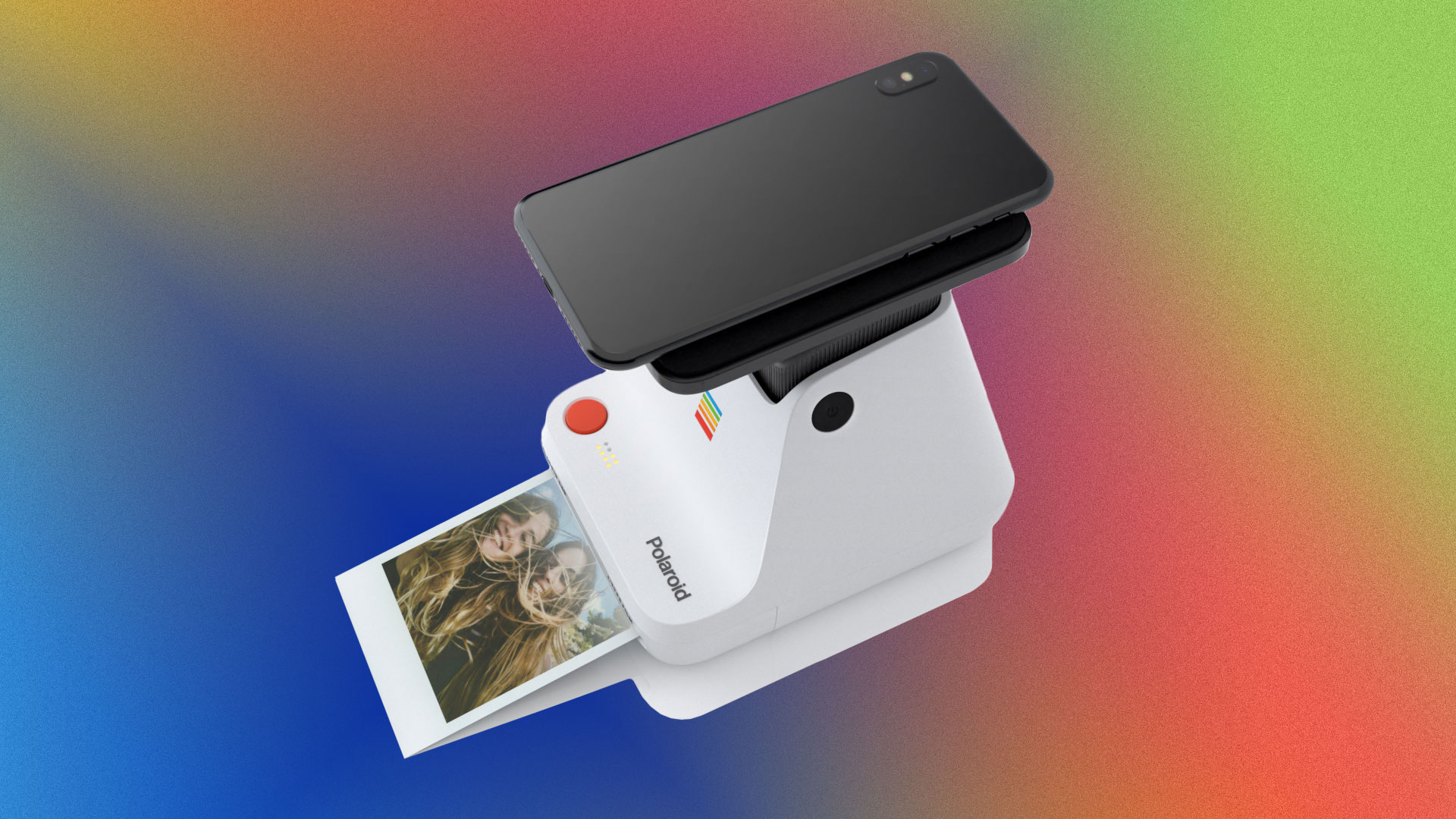Gadgets. The word conjures images of sleek smartphones, powerful laptops, and the latest fitness trackers. But the world of gadgets extends far beyond these modern marvels. From the sundial to the self-driving car, gadgets have always been a part of human history, constantly evolving to meet our needs and desires.
This article delves into the fascinating world of gadgets, exploring their impact on our lives, the future trends shaping their development, and some ethical considerations we need to address.
A History of Gadgets: From Simple Tools to Connected Devices
The first gadgets were likely simple tools designed to make everyday tasks easier. The wheel, the lever, and the inclined plane are all examples of early gadgets that revolutionized transportation and construction. As civilizations progressed, so too did our gadgets. The compass, invented by the Chinese, aided navigation, while the printing press, a European innovation, democratized access to information.
The Industrial Revolution ushered in a new era of gadgetry. Steam engines powered factories, the telephone connected people across vast distances, and the light bulb illuminated the night. These inventions transformed society and laid the groundwork for the electronic revolution of the 20th century.
The invention of the transistor in 1947 marked a turning point. This tiny device paved the way for smaller, more portable gadgets. Radios, televisions, and record players became commonplace in homes, ushering in the age of mass media.
The latter half of the 20th century saw an explosion of new gadgets. The personal computer, once a bulky and expensive machine, became accessible to the average person. The internet connected the world like never before, and mobile phones transformed communication once again.
Today, we live in a world saturated with gadgets. Smartphones integrate the power of a computer, camera, phone, and entertainment system in one device. Smart homes are controlled by voice commands, and wearable technology monitors our health and fitness. Gadgets are becoming increasingly sophisticated, interconnected, and intelligent.
The Impact of Gadgets on Our Lives
The impact of gadgets on our lives is undeniable. They have made us more connected, efficient, and informed. We can work remotely, shop online, and access information from around the globe with just a few clicks or swipes. Gadgets have revolutionized industries like healthcare, education, and entertainment.
However, the rise of gadgets has also brought challenges. The constant influx of notifications and the pressure to stay connected can lead to information overload and decreased attention spans. Social media platforms can be breeding grounds for negativity and addiction. Concerns about data privacy and security are also on the rise.
The Future of Gadgets: What Lies Ahead?
The future of gadgets looks bright. Here are some exciting trends to look forward to:
- Artificial intelligence (AI): AI-powered gadgets will continue to become more prevalent, assisting us with everyday tasks and offering personalized experiences.
- Augmented reality (AR) and virtual reality (VR): These technologies will blur the lines between the physical and digital worlds, providing immersive experiences for entertainment, education, and work.
- The Internet of Things (IoT): Everyday objects will become interconnected, collecting and sharing data, creating a more intelligent and automated environment.
- Wearable technology: Wearables will become even more sophisticated, seamlessly integrating health monitoring, communication, and entertainment into our daily lives.
- Sustainable gadgets: With a growing focus on environmental responsibility, gadgets will be designed with sustainability in mind, using recycled materials and reducing energy consumption.
Ethical Considerations in the Gadget Age
As we embrace the future of gadgets, it’s important to consider the ethical implications. Here are some key points to ponder:
- Data privacy: Who owns the data our gadgets collect? How is it used, and how secure is it?
- Digital divide: How can we ensure equitable access to technology for everyone?
- The impact on mental health: How can we design gadgets that promote well-being and prevent addiction?
- Environmental impact: How can we minimize the environmental impact of gadget production and disposal?
By addressing these concerns, we can ensure that gadgets continue to enhance our lives in a positive and sustainable way.
Conclusion
Gadgets are more than just shiny trinkets. They are tools that have shaped our history and continue to define our present and future. By understanding their impact and considering the ethical implications, we can ensure that gadgets continue to serve humanity for the better. As technology continues to evolve, it’s up to us to use it responsibly and create a future where gadgets are tools for progress, not problems to be solved.

